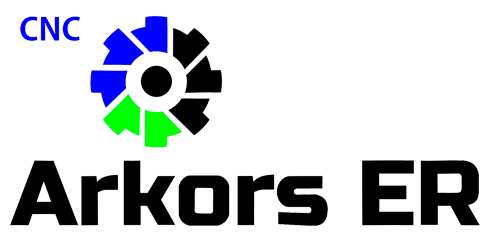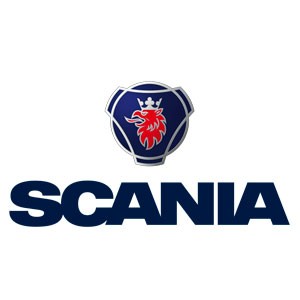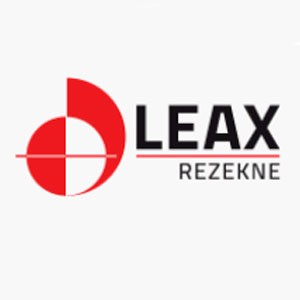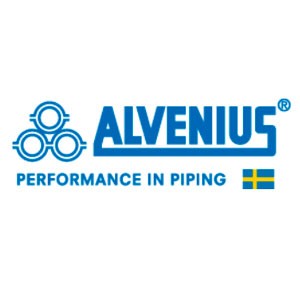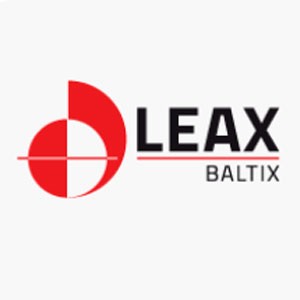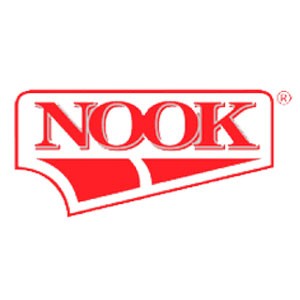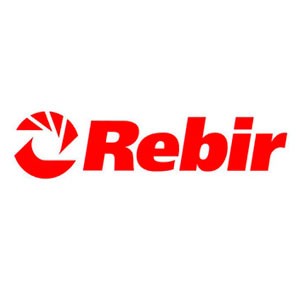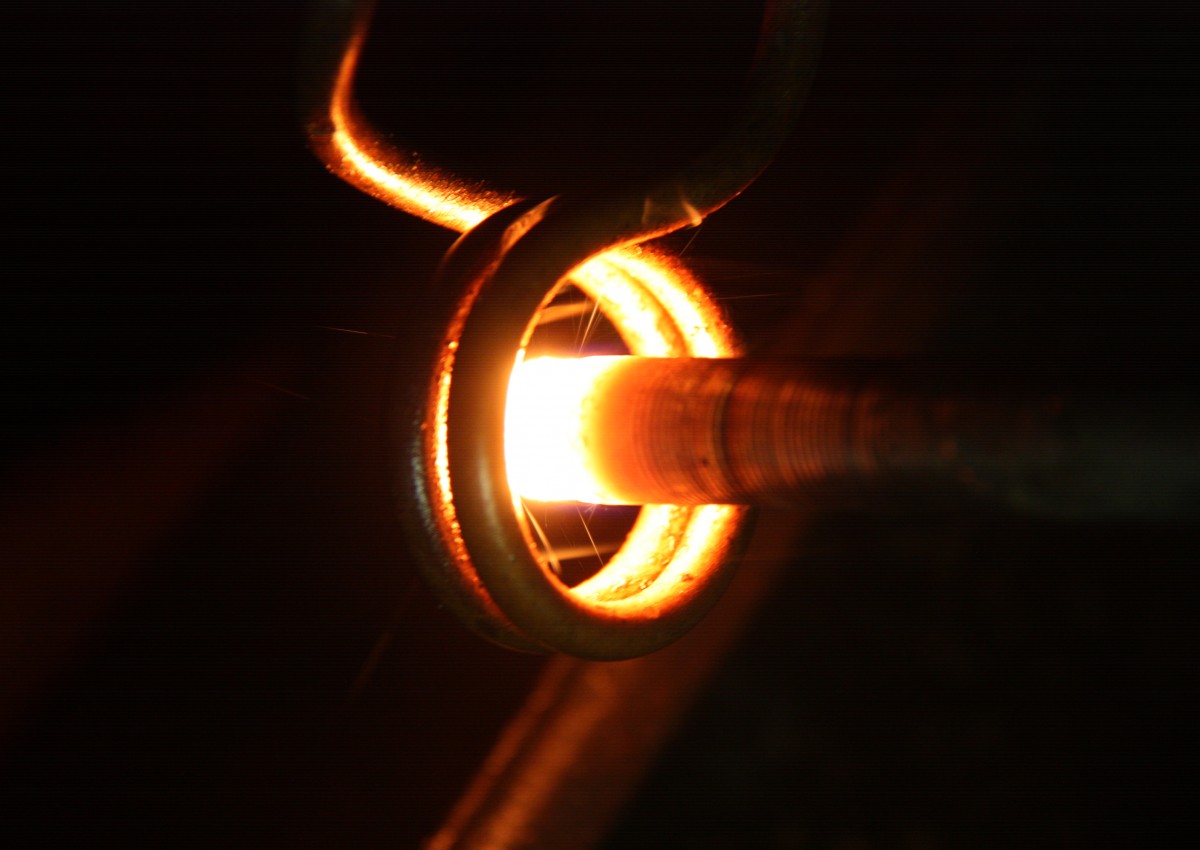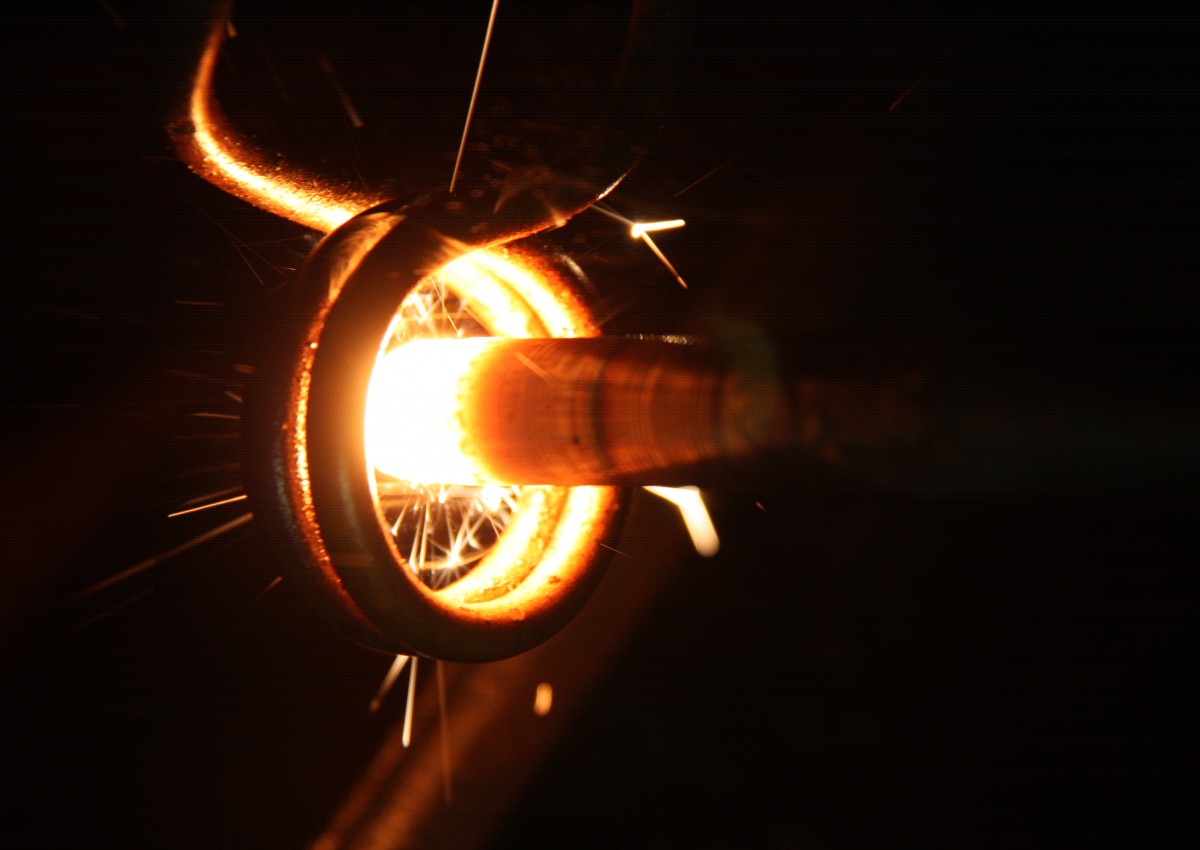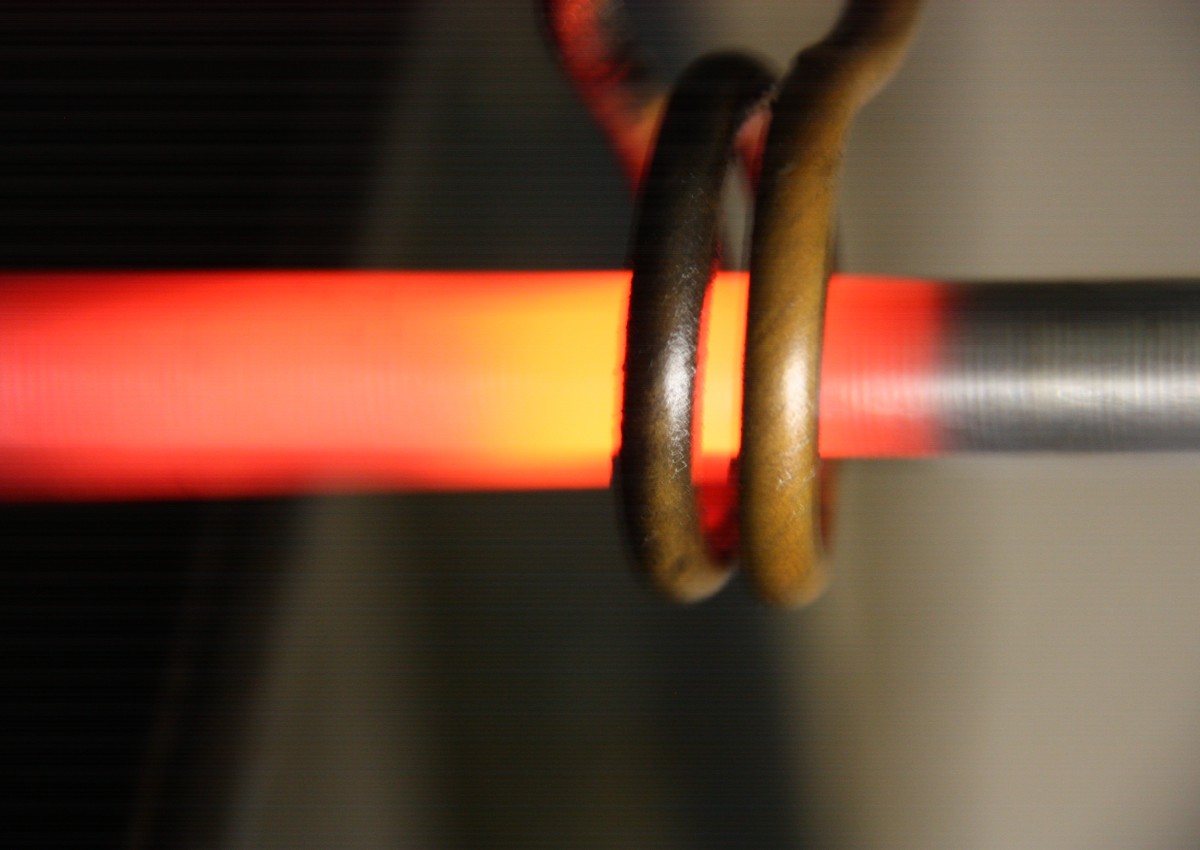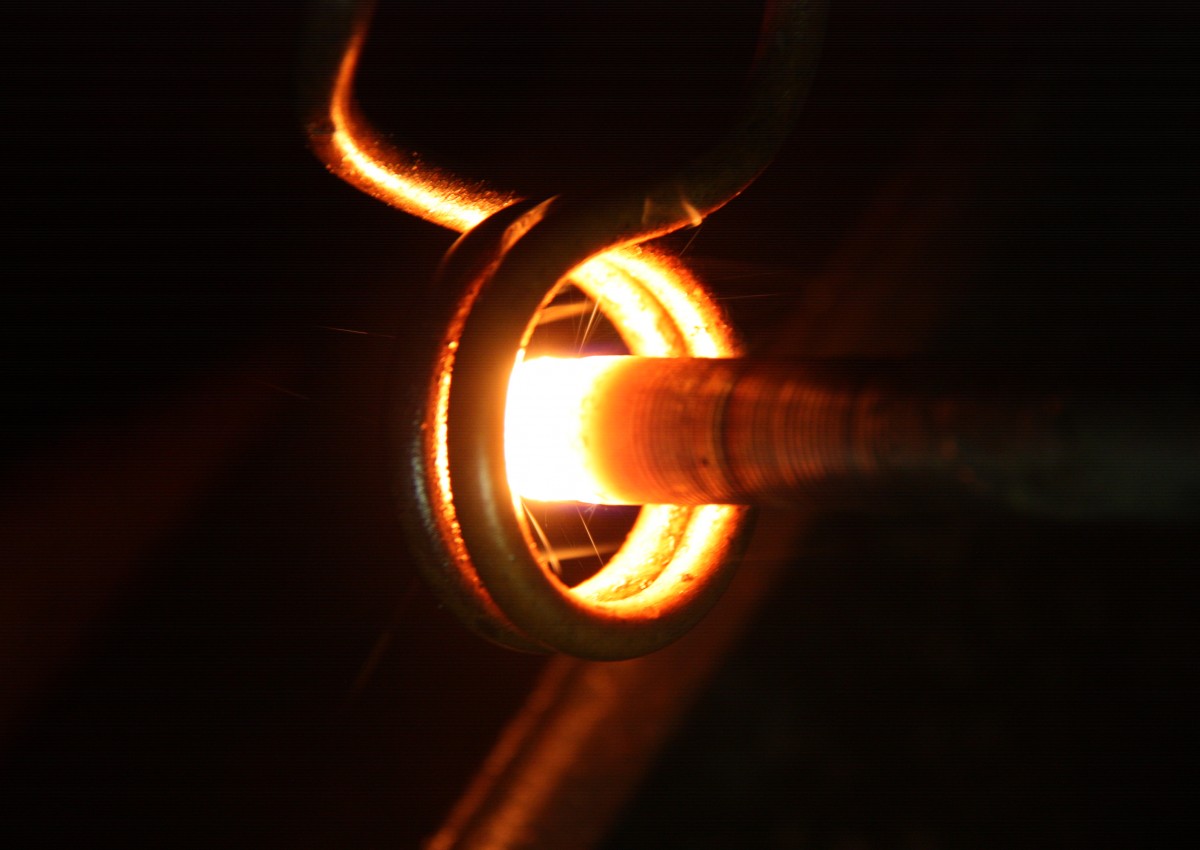Industion heat treatment
Processing power: P = 60kW
Processing frequency: f = 400MHz
Induction equipment - operating principle:
The operation of any induction device is based on two basic laws - Faraday-Maxwell and Joule-Lenz. These laws describe the main principle of converting electrical energy into high-frequency currents, which are later converted into thermal energy.
The principle of operation of the induction machine is simple. Electrical energy is supplied to the inductor through a generator, and through it, it is generated in a high-power electromagnetic field. High frequency currents enter a metal object, which is usually placed in the immediate vicinity of or inside the inductor. In metal, high-frequency currents are converted into heat energy, which performs heat treatment.
Induction heating is a method of non-contact heat treatment of metals, which is able to conduct electricity under the influence of high frequency currents. Induction heating is increasingly used in companies for high temperature metal processing. Today, the induction unit has been able to take the lead in eliminating alternative heating methods.
Induction heating how it works
The principle of operation of induction heating is extremely simple. Heating is produced by converting electrical energy into a high-power electromagnetic field. The product is heated when the magnetic field of the inductors enters a product that is capable of conducting electrical energy.
The preparation (necessarily made of a material that conducts electrical energy) is placed in or in the immediate vicinity of the inductor. The inductor is usually made in the form of one or more turns of wire. Thick copper pipes (wires) are most often used to make the inductor. A special electric power generator supplies it to the inductor, exciting high-frequency currents that can vary from 10 Hz to several MHz. As a result of the induction of high frequency currents, a strong electromagnetic field is generated around the inductor. The eddy currents of the generated electromagnetic field enter the product and are converted into heat energy inside it by heating.
During operation, the inductor heats up quite strongly due to the absorption of its radiation, so it must be cooled due to running water during the working process. Water for cooling is supplied to the unit by suction, this method allows to ensure the installation of the unit if the inductor suddenly burns or reduces the pressure.
Induction heating application in production
As it was previously understood, induction heating is used quite actively in production. Nowadays, induction equipment has managed to take the leading position, displacing competing metal processing methods in the background.
Metal induction melting
Induction heating is used in smelting operations. The active use of induction furnaces began because HFC heating is able to uniquely process all types of metals that exist today. The metal in the induction melting furnace melts quickly. The heating temperature of the installation is sufficient for melting even the most demanding metals. The main advantage of induction melting furnaces is that they are able to produce clean melting with a minimum amount of slag. The work is done in a short period of time. Usually the melting time of 100 kilograms of metal is 45 minutes.
HFC curing (high frequency currents)
Hardening is most common for steel products, but can also be applied to copper and other metal products. It is common to distinguish between two types of HFC curing: surface curing and deep curing.
The main advantage of induction heating for hardening works is the ability to penetrate heat to depth (deep hardening). Until now, HFC curing has been performed quite often in induction equipment.
Induction heating not only hardens the high-frequency current, but also gives the end product a product of excellent quality. If induction heating is used for hardening, the amount of scrap produced is significantly reduced.
HDTV soldering
Induction heating is useful not only for metal processing, but also for connecting one part of the product to another. Nowadays, HFC soldering has become quite popular and has managed to impose welding in the background. As long as it is possible to replace brazing, it is up to the manufacturers. What exactly caused this desire? Everything is extremely simple. Soldering with an HDTV allows you to get a finished product that will have high durability. HDTV soldering is obtained due to the direct (non-contact) heat entering the product. Heating of the metal does not require the intervention of third parties in its structure, which has a positive effect on the quality of the finished product and its service life.
Heat treatment of welds
Heat treatment of welds is another important technological process that an induction heater can handle. Heat treatment is performed to increase the strength of the product and to equalize the stress of the metal, which is usually formed in the joints.
Induction heat treatment is performed in three stages. Each of them is very important, because if you miss something, the quality of the product will change later, and its service life will decrease.
Induction heating has a positive effect on the metal, allowing it to penetrate evenly to a certain depth and equalize the stresses generated during welding.


